The odds of an event taking place right next to your company’s warehouse are slim. So traveling with your gear is a necessary evil. And given that your gear is worth thousands of dollars, you don’t want to pack it any old which way. But how do you pack these sensitive pieces of equipment to ensure they arrive intact?
Let’s talk about how to pack your audio equipment. From speakers to DJ controllers, it’s important to know which gear case to use and how to pack various items. So here’s what this blog will cover:
How to pack your audio equipment into gear cases
Armed with the right AV gear case, you have two transport options for your audio-visual equipment: shipping it or carrying it with you. The choice dictates how you should pack.
For bulky gear that needs to be delivered far away, shipping is a good choice. The best shipping cases for equipment are usually hard or trunk cases with a foam interior for maximum protection. And consider buying insurance for added security and peace of mind.
If you have to fly with your gear, avoid checking in your equipment. Baggage handlers are notoriously rough with checked luggage. So it’s best to transport your equipment with you as carry-on luggage.
And if you’re transporting your gear by car, use a mixture of cases. Not all gear needs a hard case. Soft cases are more versatile in shape and space-saving.
Let’s look at the best way of packing various pieces of AV equipment.
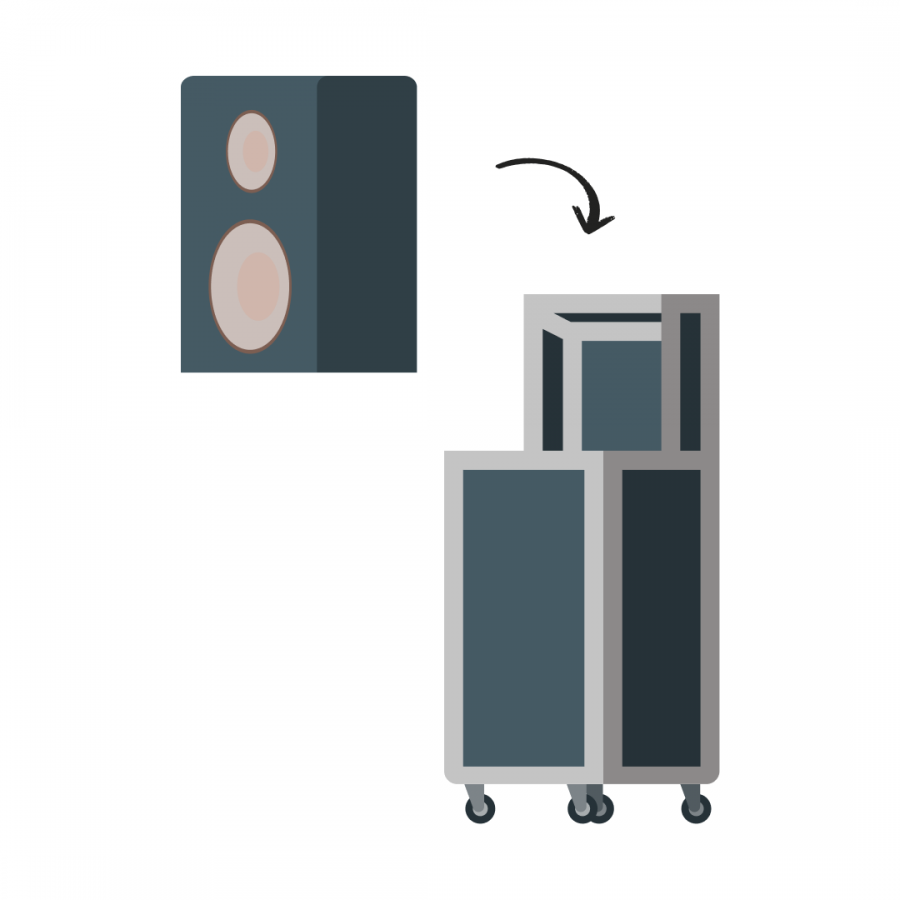
Speakers
Packing speakers is a breeze. Use readily available hard rollable cases that fit the most popular speaker models and provide ample protection against drops and bumps. The foam interior ensures the item stays in place and the wheels make it easy to move around backstage.
However, be sure to pack speakers upright or facing up to their magnets and grilles.
Some of your items must always be rented out together. Use Rentman to bundle frequently used items together. Speed up warehouse processes by booking a combination of items with one click or scan.
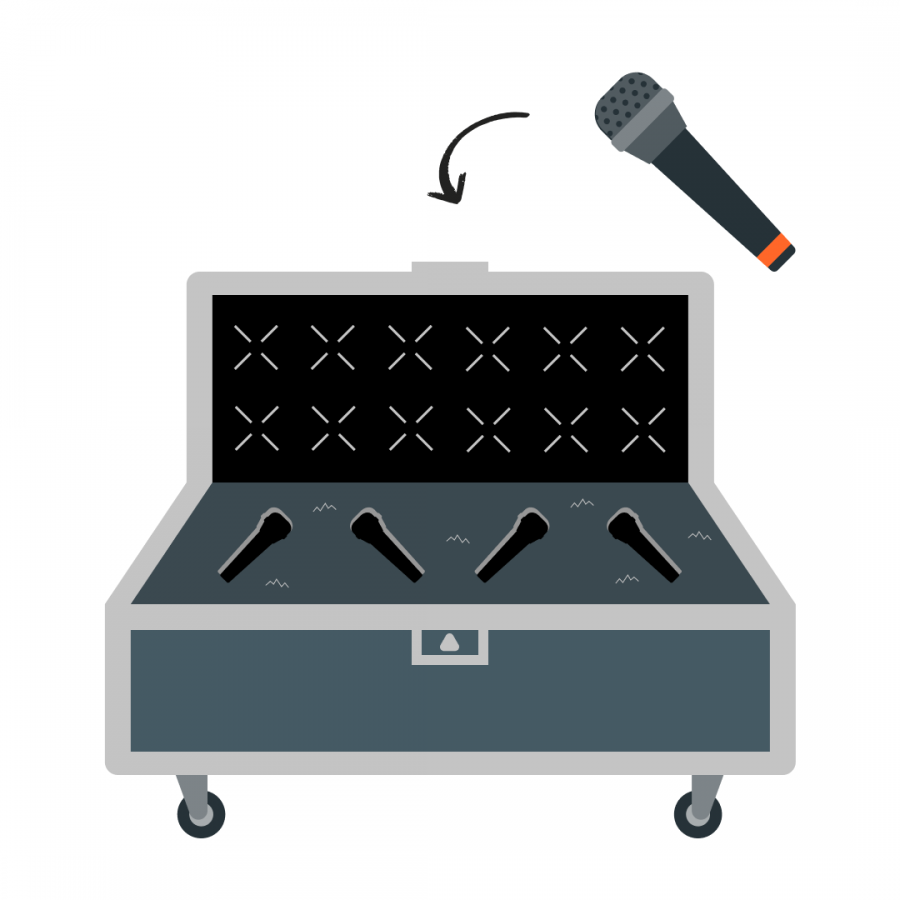
Microphones
Although mic drops look fun, they are not good for the microphone and it’s best to avoid doing this frequently.
So when it comes to packing them, use foam-lined cases specifically designed for microphones. These come with a separate storage compartment for the associated cable. Thus, protecting your microphone should it get dropped by accident.
However, manually opening multiple cases is time-consuming. Using Rentman, scan a gear case to exactly which components are inside. No need to open the transport case and manually check each item. Saving you time while eliminating guesswork.
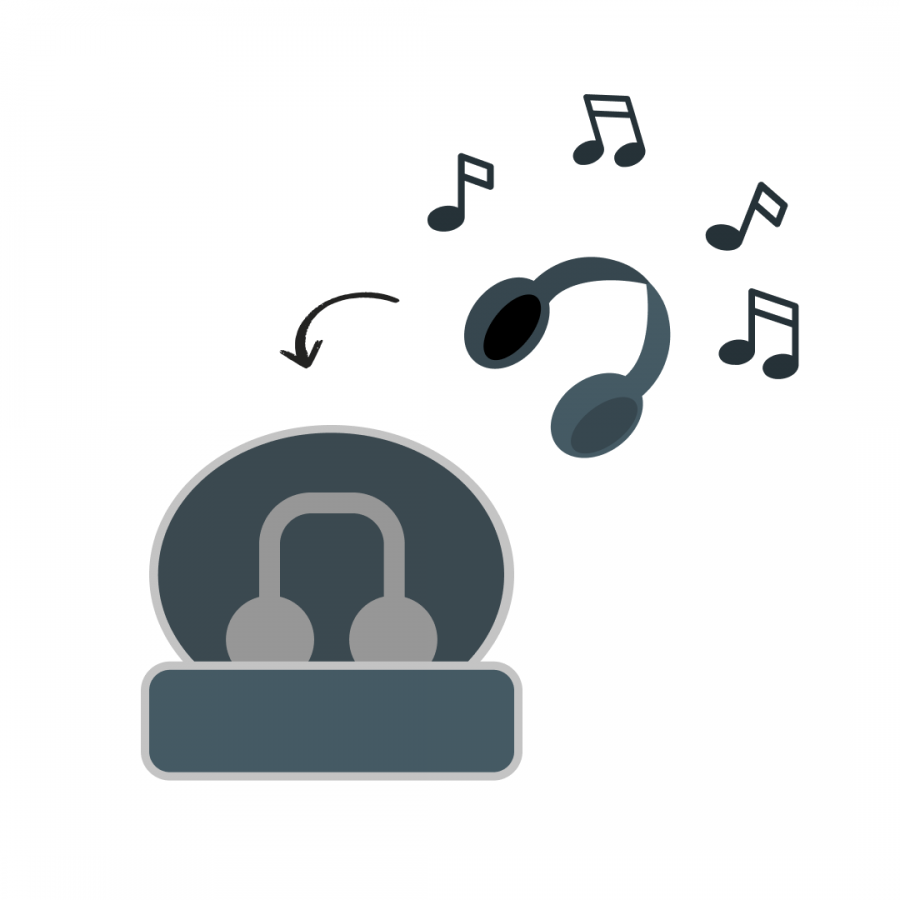
Headphones
Headphones are a necessity for any audio-related gig. So when packing them with you, use the case that came with the item.
If you don’t have a case, use a padded soft case or backpack. And given the value of such an item, it’s best to keep it with you, ensuring your headphones don’t get stolen.
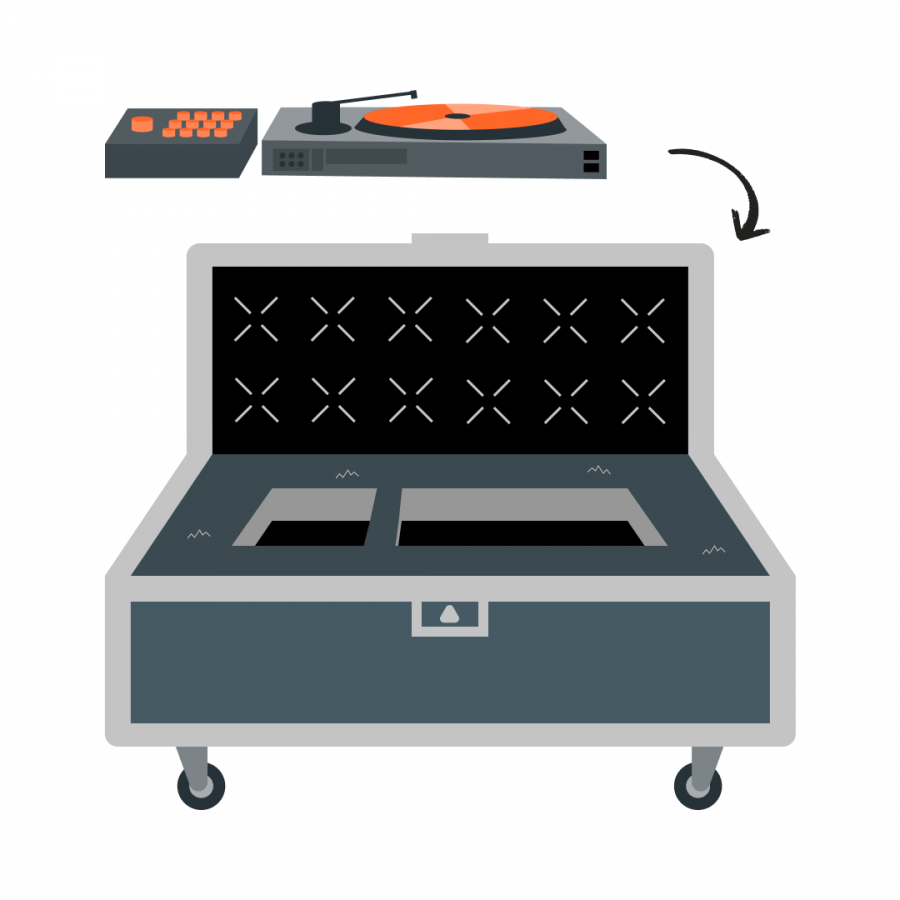
Mixing desk
Mixing desks are central to many audio setups in addition to being an expensive piece of gear. So protecting them during transport is essential.
Use a hard case with dense foam padding to keep the item safe. And if you can’t find a case for your exact mixing desk, add foam padding inside a generic hard case to cushion and secure the item. And make sure to cover all knobs and faders to protect them from impacts and shocks during transit.
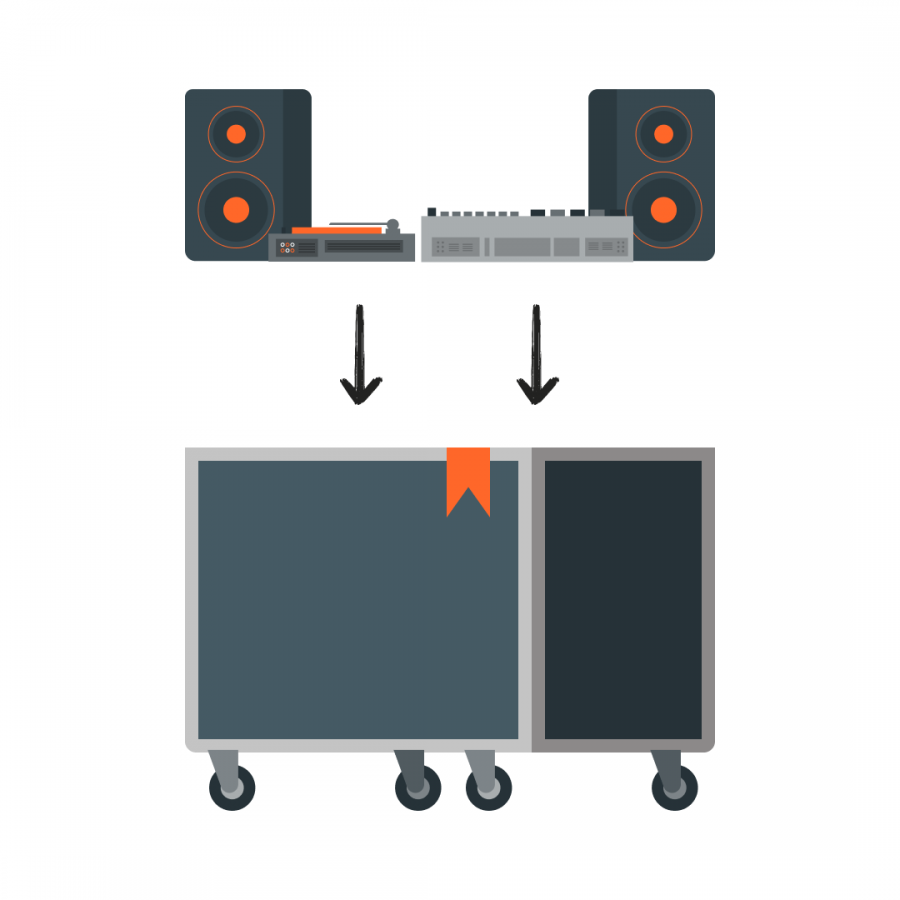
Sound system
A complete sound system involves various components, each of which should be packed with care. Whenever possible, pack each component of your sound system in a dedicated case.
Amplifiers, signal processors, and other gear should have their own protection. Use hard cases with either foam padding or use packing paper and bubble wrap for certain gear. Pair that with rack cases for your more precious items to ensure your valuable equipment is in perfect condition when it arrives on site.
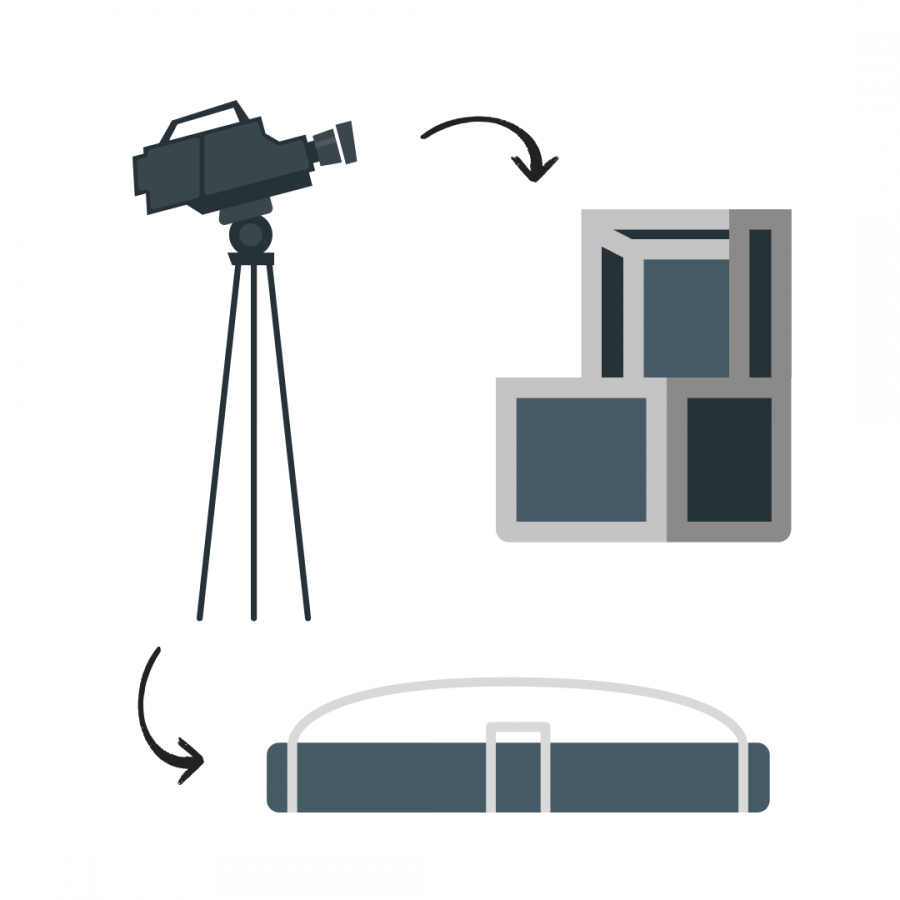
Camera and tripod
Camera and filming gear can be packed in soft cases. You can find cases with different compartments so you can organize, store, and easily transport all the filming gear you need in one case.
To transport tripods, invest in a tube carry case that you can throw over your shoulder. However, it provides minimal protection. Use packing paper and bubble wrap to protect the edges of your gear and guarantee items don’t get scratched.
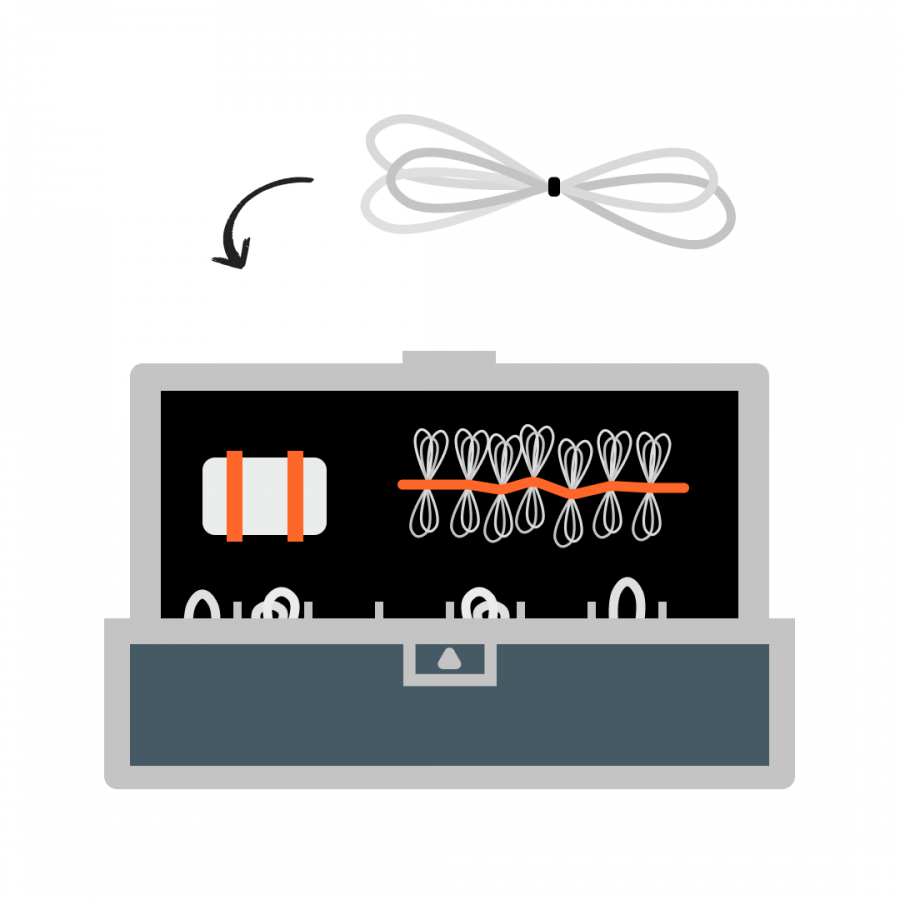
Cables
Cables are a core part of bringing any event to life, so how do you best wrap and pack cables? Use a cable bag that offers padded protection while keeping things organized. Because nobody wants to spend their afternoon untangling 20+ cables. Use a designated cable bag to save time and energy during the set-up process.
Pack properly to keep your business running smoothly
No matter your destination, packing your gear correctly is a must. Not doing so will hurt your bottom line and your reputation if items keep arriving broken or malfunctioning. Therefore, invest in cases and protection and properly pack your gear for every event. Thus keeping your ROI high.
Rentman can help you speed up your warehouse packing process. How? By bundling items together and enabling you to scan gear cases without opening them. Experience this for yourself. Start a 30-day free trial now. No credit card required.


